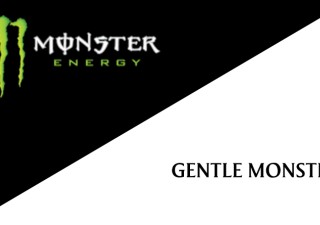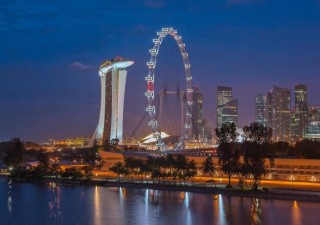Case Summary: Monster Energy v. Mixi
22 September 2017

At heart, this dispute concerned trademark rights connected with “MONSTER”, a common word in the English language.
“MONSTER STRIKE” was Mixi’s most popular mobile game. On June 23, 2014, Mixi applied to register “MONSTER STRIKE” in Singapore under Class 9 (for various goods which can broadly be described as computer and mobile game software, and related accessories and hardware) as well as Class 41 (for a variety of services, including the service of providing video games through various media).
Monster Energy (ME), an industry leader in the energy drinks field, opposed the trademark application. In so doing, it placed key reliance on the plain word mark “MONSTER ENERGY”, registered in Class 9 for protective gear (specifically: clothing, footwear, headwear, and eyewear). ME did not have any relevant registration in Class 41. The grounds of opposition were: Section 8(2)(b), 8(4)(b)(i), 8(4)(b)(ii)(A), 8(4)(b)(ii)(B), and 8(7)(a) of the Trade Marks Act (Cap. 332, 2005 Rev Ed.) (TMA).
Under Section 8(2)(b) TMA, ME had to establish three elements in sequence: (1) that the competing marks are similar; (2) that the respective goods/services are identical or similar; and (3) that there exists a likelihood of confusion. ME’s case on marks similarity hinged on the contention that “MONSTER” is the distinctive and dominant portion of the competing marks. However, this argument was rejected by the hearing officer, who considered that “MONSTER” should not be given additional weight in the assessment. In the result, the marks were found to be more dissimilar than similar, having regard to the second word in each mark (ENERGY and STRIKE respectively) which would serve to distinguish the marks. Since element (1) could not be established, the opposition under Section 8(2)(b) TMA failed. Further and in any event, under element (2) the hearing officer considered the respective goods/services to be substantially dissimilar.
Two elements are common to the three sub-grounds of opposition within Section 8(4) TMA (namely, Section 8(4)(b)(i); 8(4)(b)(ii)(A); and 8(4)(b)(ii)(B)). First, the competing marks must be similar; and second, the earlier trade mark must be shown to be well known in Singapore. If either or both of these elements cannot be established, the opposition under all three sub-grounds within Section 8(4) TMA will fail. Here, ME’s case was that “MONSTER ENERGY” was not only well known but also well known to the public at large in Singapore as at the relevant date of June 23, 2014. However, the hearing officer was unable to accept this submission on the evidence. Central to the hearing officer’s conclusion was his finding that the bulk of ME’s evidence showed that it had marketed and sold its energy drinks not by reference to the plain word mark “MONSTER ENERGY” but rather under the following trademarks:
and/or

In any case, the finding that “MONSTER ENERGY” is more dissimilar than similar to “MONSTER STRIKE” meant that the opposition under the three sub-grounds of Section 8(4) TMA would have failed as well.
As regards the passing off ground of opposition under Section 8(7)(a), ME once again relied on the trademark “MONSTER ENERGY”. Here, three elements had to be established: (1) goodwill; (2) misrepresentation; and (3) damage. The hearing officer had no difficulty accepting that ME enjoyed goodwill in Singapore having regard to the fact that it had sold its energy drinks to consumers in Singapore since 2012 (i.e. prior to the relevant date of June 23, 2014). However, the hearing officer was not persuaded that there would be misrepresentation on account of the fact that the plain word mark “MONSTER ENERGY” could not be said to be distinctive of ME, and having regard also to the dissimilarity between the marks and the parties’ fields of business. The element of damage could also not be established.
Ultimately, the opposition failed on all grounds.






